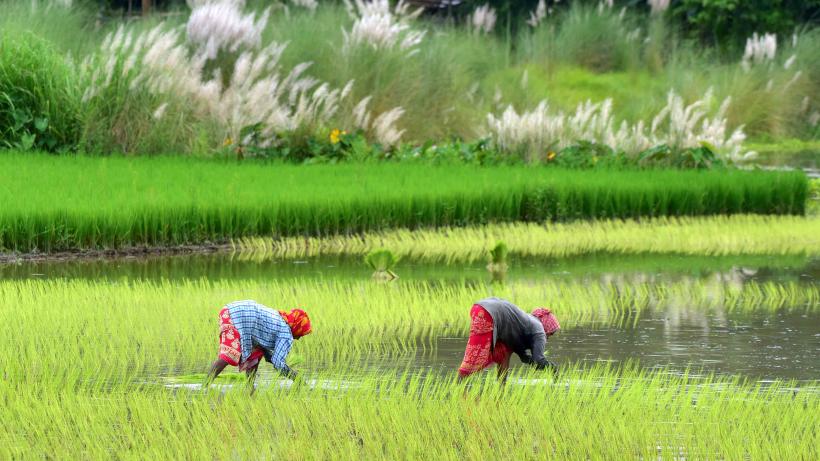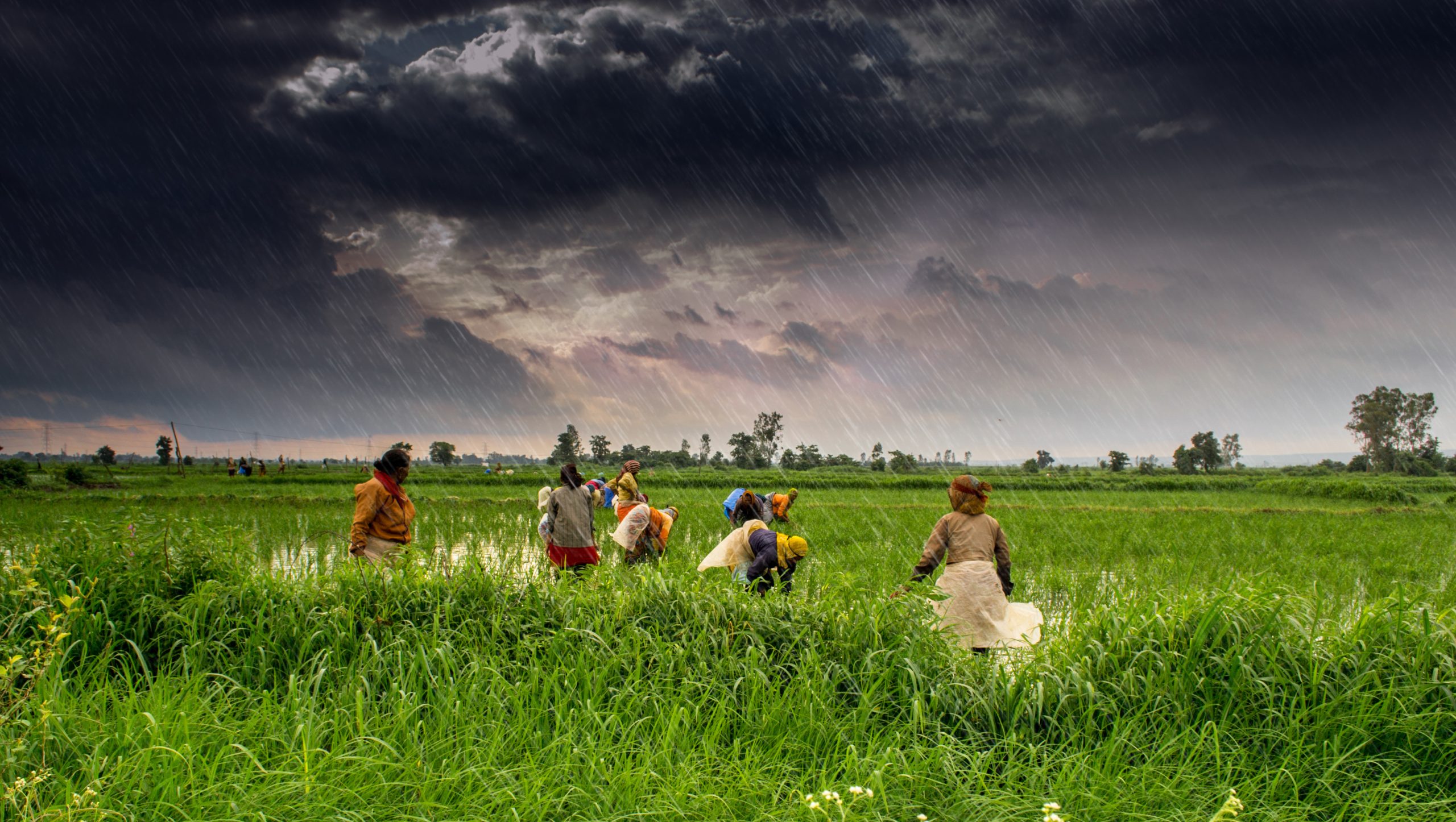Have you ever wondered how the monsoon season shapes life in rural India? In India, the monsoon is more than just a weather pattern, it’s a lifeline for agriculture and rural communities. From crop production to cultural practices, the monsoon influences every aspect of rural life, making it crucial to India’s economy and livelihoods.
Monsoon and Agriculture: A Vital Connection
India’s agriculture is largely dependent on the monsoon, with around 60-70% of the country’s farmland being rainfed. The monsoon provides essential water for crops, making it the foundation for the agricultural cycle. The two main agricultural seasons in India, Kharif and Rabi, are directly influenced by the monsoon’s timing and intensity.
- Kharif Season (June to October): This is the primary monsoon season when crops like rice, cotton, and maize are sown and thrive on the rainfall.
- Rabi Season (November to March): Though less dependent on the monsoon, Rabi crops benefit from the pre-monsoon rains.
Key crops such as rice, sugarcane, cotton, and pulses rely heavily on the monsoon for water. When the rains arrive on time and in adequate quantities, farmers can expect healthy crops and good yields.
Economic Impact: The Monsoon and Rural Livelihoods
The monsoon season has a direct impact on India’s economy, especially in rural areas where agriculture is the primary livelihood. The success or failure of the monsoon can make or break a farmer’s income and, by extension, the economic well-being of rural families.
- Crop Yields and Income
A good monsoon means higher crop yields, better quality produce, and higher income for farmers. Conversely, a poor monsoon leads to reduced crop yields, financial strain, and even debt for farmers. - Rural Employment
Farming is a labor-intensive activity, and a successful monsoon season provides work for millions of farm laborers. In turn, the agricultural sector also supports allied industries such as transportation, food processing, and retail.
However, unpredictable monsoons, either excessive rainfall or insufficient rains, pose significant challenges. The risk of flooding or drought can severely affect both crop production and rural economies.
Socio-Cultural Significance of the Monsoon
The monsoon isn’t just a time of farming; it’s deeply intertwined with the culture and social life in rural India. It influences festivals, traditions, and community gatherings.
- Festivals and Rituals:
The monsoon season is tied to various cultural and religious festivals in India. For instance, Onam in Kerala and Baisakhi in Punjab celebrate the agricultural harvest, reflecting the monsoon’s importance. - Community Bonding:
In rural areas, farming is a collective effort. The monsoon season often sees farmers coming together for sowing, tending to crops, and harvesting, which fosters a sense of unity and community spirit.
The Challenges of Unpredictable Monsoons

While the monsoon is essential, its unpredictability creates challenges. The timing, amount, and distribution of rainfall are often erratic, leading to a variety of issues:
- Flooding
Excessive rainfall can cause flooding, washing away crops and damaging infrastructure. This is particularly a concern in low-lying areas. - Drought
Insufficient rainfall or delayed monsoons can lead to drought, causing crop failures, food scarcity, and water shortages. - Climate Change
Increasingly unpredictable weather patterns, linked to climate change, are affecting the monsoon, making it more difficult for farmers to plan and grow crops effectively.
Adapting to the Changing Monsoon

To cope with the challenges of an unpredictable monsoon, farmers are adopting new strategies:
- Improved Irrigation
Modern irrigation systems like drip irrigation and sprinklers allow farmers to use water more efficiently, reducing their reliance on rainfall. - Weather Forecasting
Advances in weather forecasting technology help farmers predict rainfall patterns and adjust their farming practices accordingly. - Water Conservation
Techniques such as rainwater harvesting and soil moisture management are becoming more popular to ensure water availability during dry periods.
The Final Note
The monsoon season is deeply embedded in the agricultural and rural landscape of India. It shapes the farming cycle, influences the economy, and brings communities together. While the monsoon provides much-needed water for crops, its unpredictability presents significant challenges, especially with the looming impacts of climate change.
By adopting modern farming techniques, improving water management, and leveraging technology, Indian farmers can navigate these challenges and continue to thrive.
FAQs
Q1: How does the monsoon impact Indian agriculture?
A: The monsoon is crucial for irrigation and crop production in India, with many crops depending on it for growth. A successful monsoon leads to better yields, while a poor one causes crop failures and economic strain.
Q2: What are the challenges of an unpredictable monsoon?
A: Unpredictable monsoons can lead to flooding or droughts, which harm crops and disrupt farming activities. These challenges are intensified by climate change, making rainfall patterns less predictable.
Q3: How are farmers adapting to unpredictable monsoons?
A: Farmers are adopting modern irrigation systems, better weather forecasting tools, and water conservation techniques to manage unpredictable monsoon patterns and ensure crop growth.






